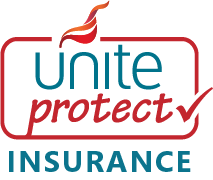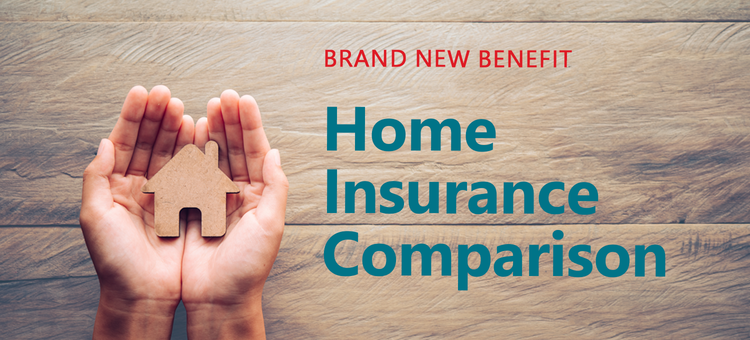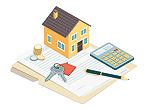Home insurance works by protecting you and your home from unexpected risks. These may include fire, flooding, theft, or accidental damage. You can also cover anything valuable inside.
There are two types of home insurance. One for the house itself (building insurance) and the other for possessions inside the house (contents insurance) such as furniture, kitchen appliances, electronics and even jewellery.
As with many other types of insurance, the policy is there to help prevent you finding yourself with a large financial burden at an already difficult time.
To make a claim on your home insurance policy you need to contact your insurer. They will then investigate the claim in order to provide financial compensation or benefits.







